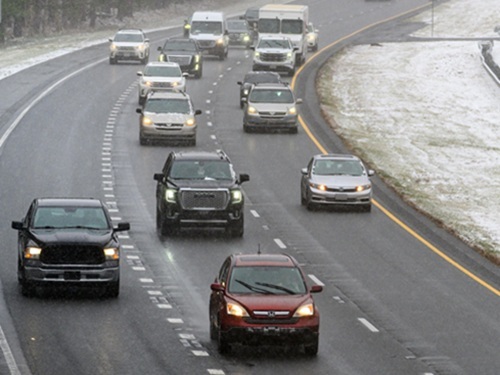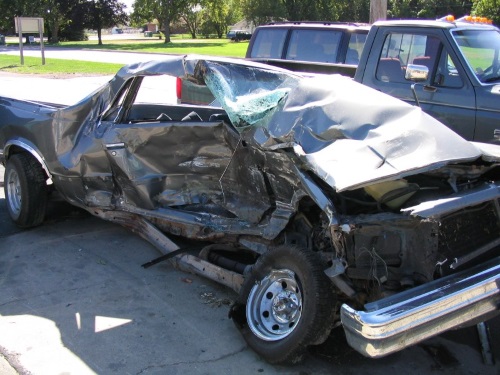A new report released by the Governors Highway Safety Association in partnership with Responsibility.org is calling for a “systemic and holistic approach” to “high-risk impaired drivers” that focuses on the individual and the need to treat the underlying problem prompting the unsafe behavior.
[Above photo via Wikipedia.]
According to the December 9 report, High-Risk Impaired Drivers: Combating a Critical Threat, a “high-risk impaired driver” is defined as a person who lacks the restraint or self-control to resist driving impaired and meets one or more of three criteria: Drives with a blood alcohol concentration (BAC) of 0.15 or higher; is a “polysubstance user” which is one who consumes both drugs and alcohol; or is a repeat offender, such as having more than one driving under the influence or DUI arrest.

“The traditional criminal justice approach holds these offenders accountable for each impaired driving incident, but to ensure that these high-risk impaired drivers don’t re-offend, we need to expand our approach beyond detection, arrest and conviction,” said Darrin Grondel, director of the Washington Traffic Safety Commission and GHSA’s chair, in a statement.
“The aim of this new report is to encourage states and their partners to take a more holistic approach to the problem by identifying and treating the cause of the offender’s behavior to reduce recidivism and promote long-term behavior change,” he added.
The high-risk impaired driver population accounts for a disproportionate number of fatalities, GHSA noted in its report, as repeat offenders cause about a third of impaired driving deaths each year, while high BAC offenders are involved in more than 60 percent of alcohol-impaired fatalities.
In 2018, 66 percent of drivers involved in fatal crashes had a BAC greater than 0.15, the organization pointed out, though it noted alcohol is not the only impairing substance as there has been a 16 percent increase over the past 10 years in the number of impaired drivers killed in crashes who tested positive for both alcohol and other drugs.

The report also noted that alcohol-impaired fatalities accounted for 29 percent of all U.S. motor vehicle deaths in 2018, which is the lowest percentage since 1982, when the National Highway Traffic Safety Administration began reporting such data
According to the report, “individualized justice” is more effective at deterring high-risk impaired drivers than the typical legislative response of heavy fines and incarceration. In addition to screening and assessment, this approach calls for testing drivers for the presence of not only alcohol, but also other drugs. Many drug-impaired drivers escape detection, however, due to limitations with enforcement practices or policies that do not require drug testing. Additionally, many states lack the toxicology resources necessary to process drug screenings.
“Right now, our approach is to catch, convict and punish the high-risk impaired drivers and then release them. It’s a cookie-cutter approach that doesn’t treat the underlying problem,” said Chris Swonger, president and CEO of Responsibility.org and the Distilled Spirits Council of the United States.
“Instead, we need to identify the root cause of each individual’s behavior and then determine what treatment along with sanctions should be administered so that we break this cycle and prevent impaired driving deaths,” he explained.
 Nation
Nation
Registration Open for AASHTO’s Winter Rail Meeting
December 19, 2025 Nation
Nation

